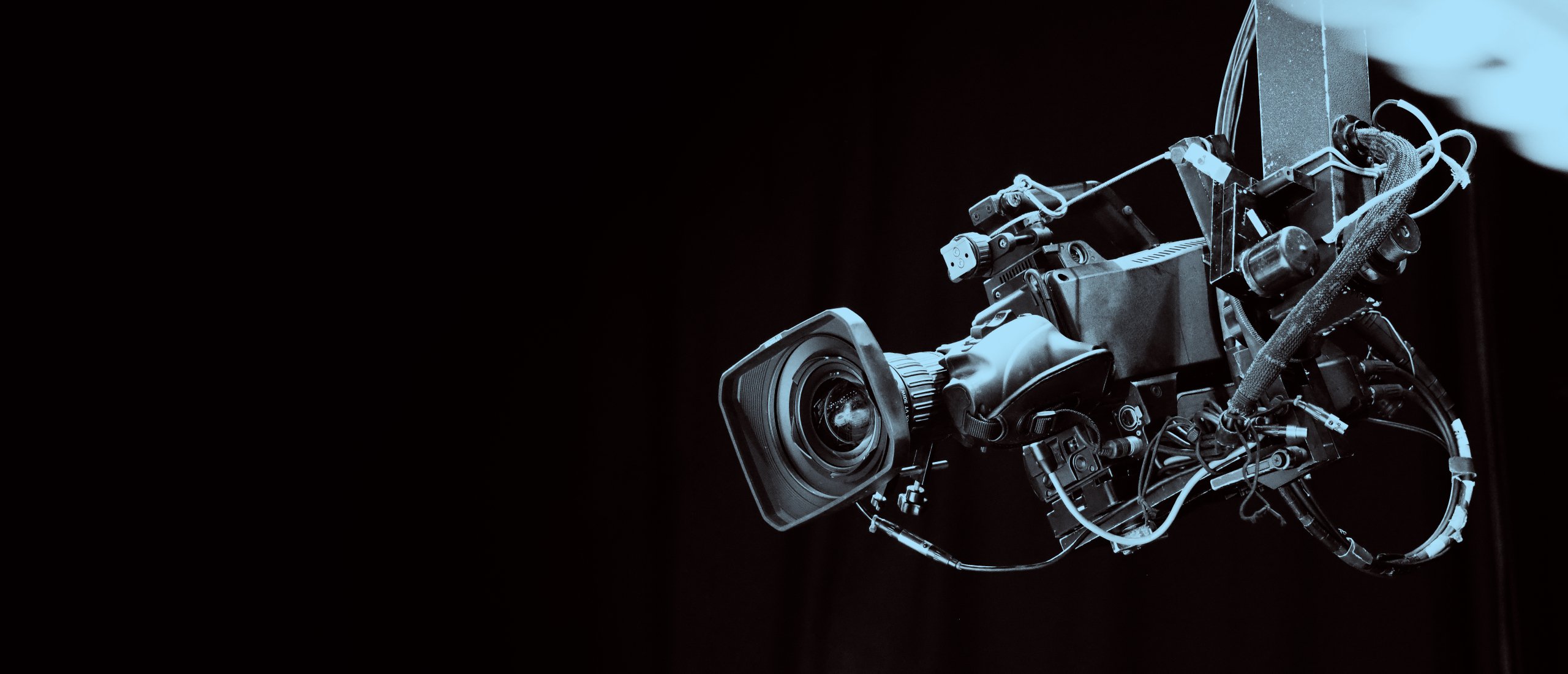
The basics of camera movement: when and how to use It
Camera movement can add a dynamic element to your shots, making them more interesting and engaging. However, it’s important to use camera movement purposefully and with intention. In this article, we’ll go over the basics of camera movement and when and how to use it effectively.
Types of camera movement
There are several types of camera movement that you can use to add visual interest to your shots. Let’s go over the most common types:
- Pan - This involves moving the camera horizontally from left to right or right to left.
- Tilt - This involves moving the camera vertically up or down.
- Zoom - This involves adjusting the focal length of the lens to make the subject appear closer or farther away.
- Dolly - This involves moving the camera closer to or farther away from the subject on a track or wheeled device.
- Crane - This involves moving the camera up or down using a crane or jib arm.
- Handheld - This involves holding the camera in your hand and moving it around to create a shaky, documentary-style look.
When to use camera movement
Camera movement can be used to achieve different effects depending on the situation. Here are a few examples:
- To create a sense of motion - If you’re filming a moving object, such as a car or a person walking, using a dolly or tracking shot can help create the feeling of motion.
- To reveal information - Camera movement can be used to reveal information to the viewer. For example, if you’re filming a scene with a character walking down a long hallway, a dolly shot that moves closer to the character can reveal their facial expression or body language.
- To add energy and excitement - A handheld shot can add energy and excitement to a scene, especially if it’s an action sequence.
- To create a sense of scale - A crane shot can be used to show the scale of a location or object, such as a city skyline or a towering building.
How to use camera movement
When using camera movement, it’s important to plan and execute it carefully to achieve the desired effect. Here are a few tips:
- Use a tripod or stabilizer - Unless you’re intentionally going for a shaky, handheld look, using a tripod or stabilizer can help keep your shots steady and smooth.
- Keep movements smooth and consistent - When moving the camera, make sure to keep the movement smooth and consistent. Avoid jerky or sudden movements.
- Consider the context of the scene - Make sure that the camera movement makes sense within the context of the scene. If the movement feels out of place or unnecessary, it can detract from the overall impact of the shot.
- Practice and experiment - Camera movement takes practice to master. Experiment with different types of movement and techniques to find what works best for your project.
In conclusion, camera movement can be a powerful tool to add visual interest and emotion to your shots.
Whether you're panning, tilting, tracking, or using a crane, each movement should serve a specific purpose in telling your story or conveying your message. By understanding the basics of camera movement and when to use it, you can take your videos to the next level and create a more dynamic and engaging viewing experience for your audience.
If you're looking to elevate your video production with professional camera work, don't hesitate to contact us at Headline. Our experienced team can help you plan and execute the perfect shots for your project, whether it's a corporate video, documentary, news story or social media content. Let us help you bring your vision to life.
